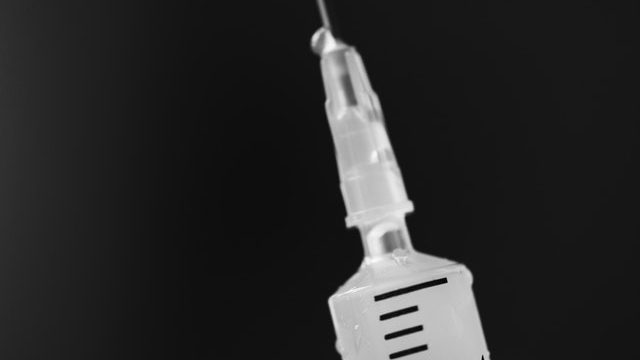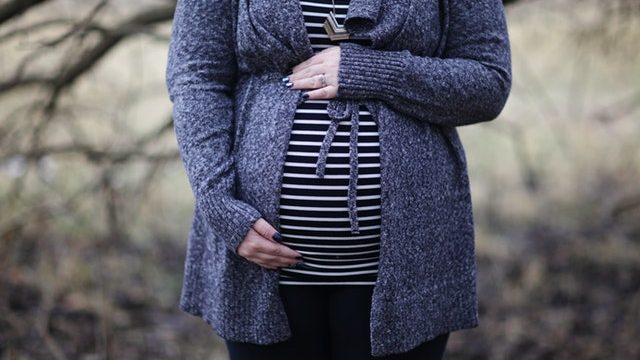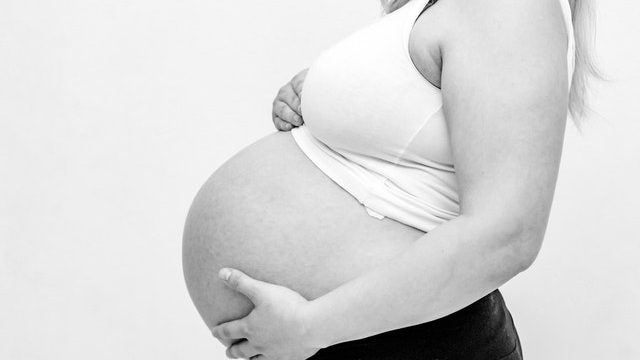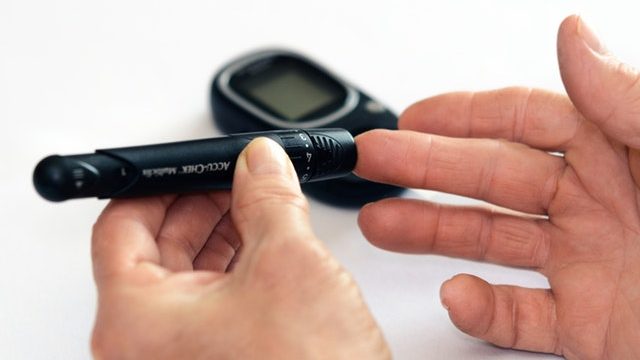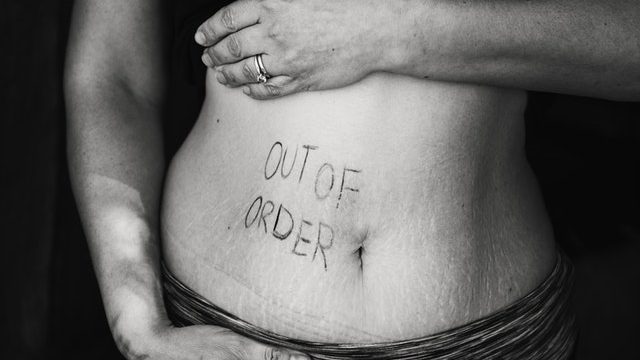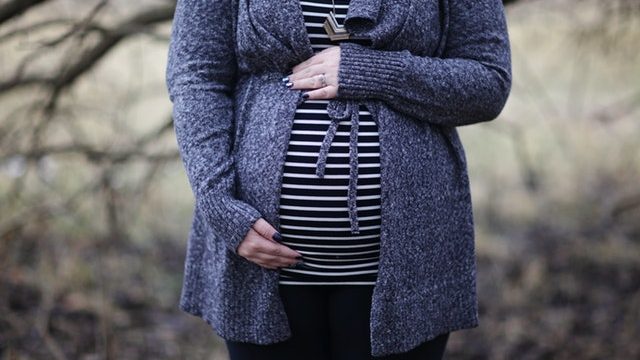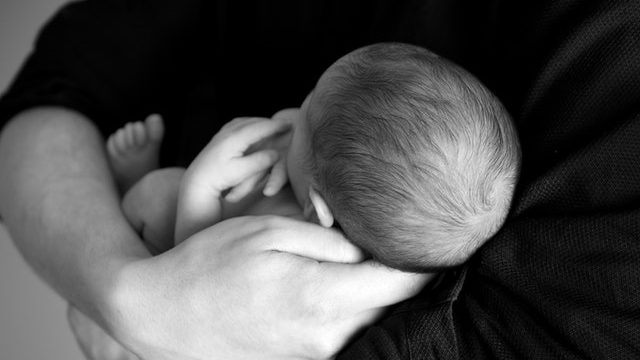A baby is said to be big when the weight of the baby is more than 8 pounds / 4000 gms. In this case, the fetus is said to have macrosomia. All women would like to have a chubby healthy baby but a baby with macrosomia is not necessarily healthy.
There are various risks for the mother and the baby when the fetus is more than 4000gms and even more when mare than 4500gms.
Diagnosis
- Fundal height measurements may give a clue to the doctor that the baby is big. The fundal height can be more even when there is too much amniotic fluid. And excess amniotic fluid in itself can be a clue that the baby is too big.
- Ultrasound measurements of the foetus is the commonest method used to identify the big baby. The head circumference (HC), biparietal diameter, and abdominal circumference (AC) are used in the calculation of the weight of the foetus. The HC /AC ratio is used to define the size of the baby.
Causes for a Big Baby
- Maternal obesity – If the mother is obese it is possible that the baby is also overweight.
- Maternal diabetes – If the mother has diabetes prior to pregnancy or if she becomes diabetic during the pregnancy then, in that case, the fetus tends to utilize the mother’s glucose and tends to put on too much weight, especially fat.
- History of the large baby in a previous pregnancy – This can increase the chance of a big size baby in the next pregnancy. The risk of fetal macrosomia increases with each pregnancy. Up to the fifth pregnancy, the average birth weight for each successive pregnancy typically increases by up to about 4 ounces (113 grams).
- Excessive weight gain – During pregnancy can increase the chance of a big baby.
- Post date or overdue pregnancy – If the pregnancy continues beyond 40 weeks and up to 42 weeks then the fetus tends to put on extra weight.
Implications
- For the mother
- There is an increased chance of going beyond the due date
- Increased risk of instrumental and traumatic vaginal delivery
- Increased chance of an emergency cesarean section due to lack of space for the baby to deliver.
- Higher chance of bleeding from the uterus after delivery
- Increased risk of vaginal tears during delivery
- Increased risk of damage to the anal sphincter
- For the baby.
- Increased risk of injury to the baby due to traumatic instrumental delivery.
- Increased chance that the fetus is born with low sugars at birth and this can be serious for the baby.
- There is a higher chance of childhood obesity and associated problems as the birth weight is high.
Prevention
It is not always under our control to manage the weight of the baby. But the patient can take a few steps to have a healthy pregnancy
- Consume a low glycaemic diet
- Regular exercise in pregnancy
- Try to achieve a healthy weight before pregnancy.
- Manage diabetes if already existing prior to the pregnancy.
- Do the necessary glucose testing during the pregnancy to detect the onset of diabetes.
Management If your Baby is Big
The first important step is to recognize that the baby is big. In the case of vaginal delivery, one must be aware that a few precautions need to be taken for safe delivery. Eg gives a timely and adequate episiotomy, be prepared for instrumental delivery, arrange for epidural analgesia, ensure the presence of a neonatologist, recognize the obstructed labour, and do a timely caesarean section.
Manage your pregnancy with Dr. Sangeeta Agrawal, Write to us for an appointment.
















